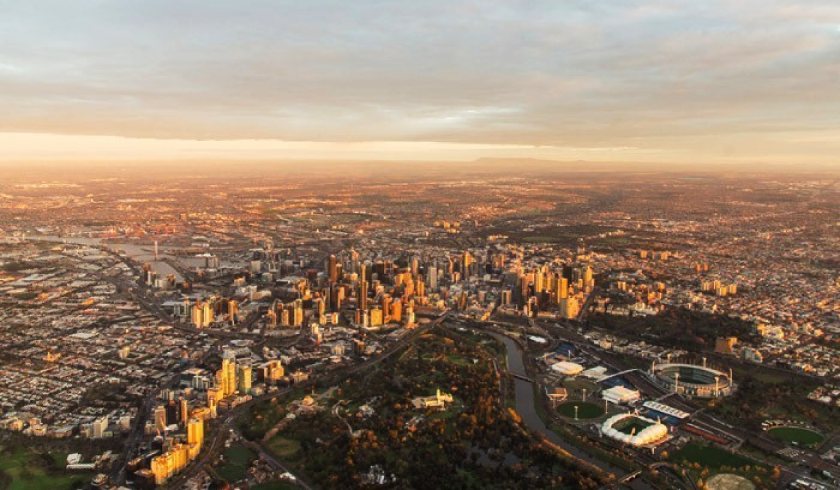Why you should steer clear of congested areas when purchasing your next property
Property investors should be wary of highly congested areas when looking for their next bargain, with COVID-19 changing the way we both think and live, an expert has said.

“COVID-19 breeds in congestion. Think of this practically. Wherever there’s the most congestion is the greatest risk for future breakouts and none of us like being locked up,” the head of research at Propertyology, Simon Pressley, said on a recent episode of The Smart Property Investment Show.
Locations prone to congestion will be in the “more vulnerable” table moving forward, Mr Pressley noted. One of these, he said, is Melbourne.
“Melbourne’s had the biggest lockdown I believe of any city in the world, not just Australia. The stage 4 lockdown for four months, what that has already done is supported by official data, Melbourne’s internal migration each six months usually increases by about 2,000 people. So, not a lot, but it’s usually positive. The six months up to June 2020, which is the most recent data available, Melbourne’s population declined by 10,000 people.
“That’s a direct reaction, that’s 10,000 people who were living in Melbourne that because of COVID said, ‘We’re not going to live here anymore’,” Mr Pressley explained.
But while he doesn’t see properties in areas such as Melbourne crashing, he does believe they will be more susceptive to disruption.
“That 10,000 population decline would not have occurred if it was not for COVID. I said that figure was up to June 2020. Melbourne started its lockdown in July. So, if there’s already 10,000 people that have left before it had its hard lockdown, how many people during that lockdown that had their lives totally tipped upside down are sort of going, ‘This ain’t for us?’,” Mr Pressley questioned.
He revealed that rental patterns, too, have shifted, with tenants flocking to regions beyond Sydney and Melbourne.
“We have parcel things up into what I’ll call a category A and a category B. Category B is locations at the moment, rents are as soft as butter. The balances are in the tenant’s favor where they’ve got all these properties to pick from and in regards to where they choose to rent.
“In category A is the exact opposite, where there’s just nothing to pick from and there are real-life stories of families having to live in a caravan because they cannot rent a suitable house or apartment,” Mr Pressley said.
According to his model, category B encompasses 40 per cent of our population in two cities, Sydney and Melbourne. Category A, on the other hand, is made up of the rest of Australia.
“The number of properties listed for rent today, in Sydney and Melbourne, is about 53,000 people. The other 60 per cent of Australia’s population only have 20,000 properties to pick from.
“So, we’ve got 40 per cent of our population that I’ve got so much choice for where to live and the other 60 per cent have the complete opposite problem. They’re fighting over themselves and rents are going through the roof. Some of this was building before COVID, and then there’s more pressure that’s been added because of COVID,” Mr Pressley revealed.
For more insights into how COVID-19 has shifted mindsets, click here.

